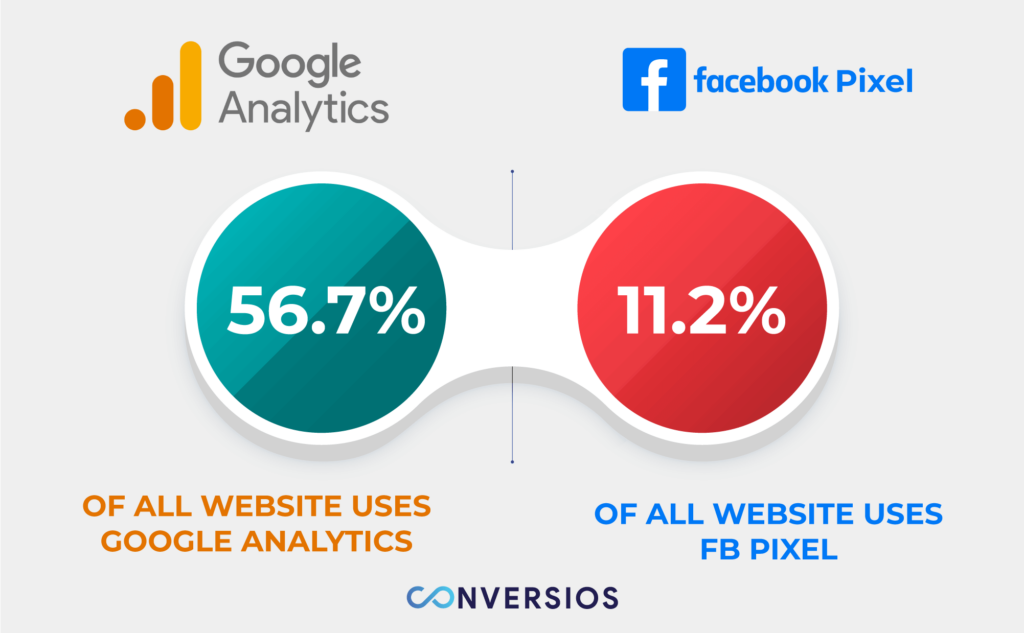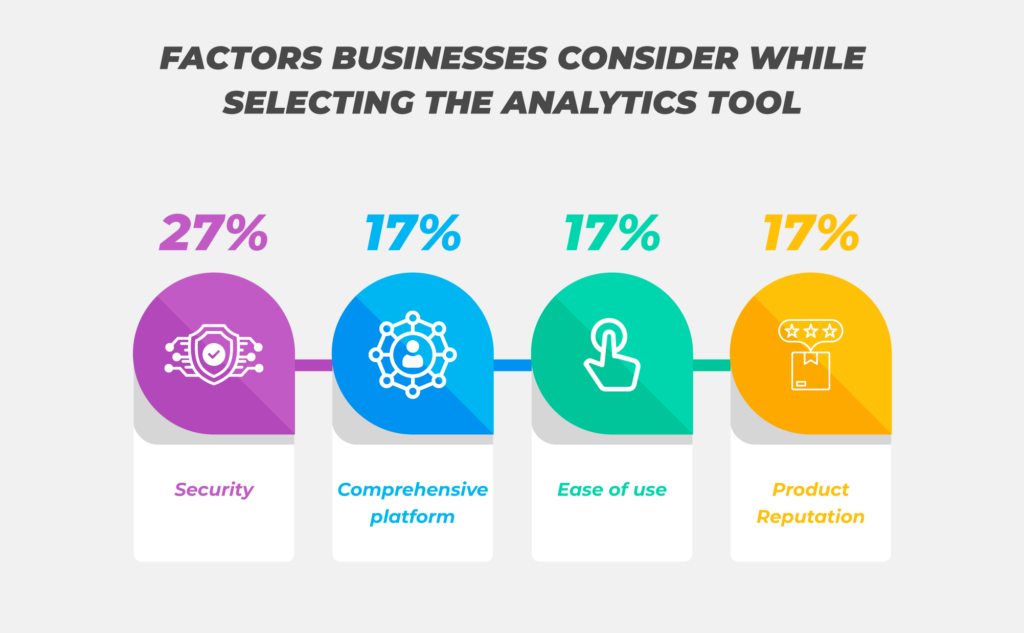As an ecommerce store owner, you understand the importance of data and insights in driving your business forward. Analytics and marketing pixels are two powerful tools that can help you gather valuable information about your customers and optimize your marketing efforts.
In this article, we will explore the benefits and challenges of integrating analytics and marketing pixels into your ecommerce stores. We will also provide practical advice on how to successfully implement this integration.
What is Analytics and Marketing Pixels
Analytics is the process of collecting, measuring, and analyzing data to gain insights into customer behavior, website performance, and other important metrics. Marketing pixels are code snippets that are placed on your website to track user behavior and gather data for marketing purposes.
You can use these pixels to track conversions, retarget users with ads, and measure the effectiveness of your marketing campaigns.
Importance of Integrating Pixels In Ecommerce Stores

Integrating analytics and marketing pixels into your ecommerce store is essential for gaining a competitive edge in the online marketplace. By collecting and analyzing data about your customers and their behavior, you can gain insights into what drives sales, what products are popular, and what marketing campaigns are most effective.
This information can help you make data-driven decisions that will increase sales and revenue.
Brief Overview of the Benefits and Challenges
Integrating analytics and marketing pixels into your ecommerce store comes with many benefits. The benefit includes improved tracking and analytics, a better understanding of customer behavior, more effective marketing campaigns, increased sales and revenue, and enhanced customer experience.
However, this integration also presents challenges such as technical difficulties, privacy concerns, data accuracy and quality, and cost and resource allocation.
Benefits of Integrating Analytics and Marketing Pixels
1. Improved Tracking and Analytics
Integrating analytics and marketing pixels into your ecommerce store allows you to track and analyze customer behavior in real-time. This means you can see exactly how customers are interacting with your website and what actions they are taking.
By understanding how customers navigate your site, you can optimize your website design and user experience to increase conversions and revenue.
2. Better Understanding of Customer Behavior
Analytics and marketing pixels provide valuable insights into customer behavior such as what products are popular, what pages are being viewed, and what search terms are being used.
This information can be used to personalize the customer experience, offer relevant product recommendations, and improve customer satisfaction.
3. More Effective Marketing Campaigns
Integrating analytics and marketing pixels allows you to measure the effectiveness of your marketing campaigns. You can track conversion rates, click-through rates, and other important metrics to see which campaigns are driving the most sales and revenue.
This information can be used to optimize your marketing strategy and allocate resources more effectively.
4. Increased Sales and Revenue
By integrating analytics and marketing pixels into your ecommerce store, you can gain a deeper understanding of your customers and their behavior.
This information can be used to optimize your website design, improve the customer experience, and offer personalized product recommendations. These improvements can lead to increased sales and revenue.
5. Enhanced Customer Experience
Analytics and marketing pixels can help you understand how customers navigate your website and what they are looking for. This information can be used to optimize the customer experience, improve website design, and offer personalized product recommendations.
By enhancing the customer experience, you can increase customer loyalty and drive repeat business.
Challenges of Integrating Analytics and Marketing Pixels
1. Technical Difficulties
Integrating analytics and marketing pixels into your ecommerce store can be technically challenging. You may need to work with a developer or hire a third-party service provider to ensure that the integration is done correctly.
2. Privacy Concerns
Integrating analytics and marketing pixels into your ecommerce store can raise privacy concerns. Being transparent about the data collected and how you are going to use it. You also need to comply with privacy regulations such as GDPR and CCPA.
3. Data Accuracy and Quality
Data accuracy and quality can be a challenge when integrating analytics and marketing pixels into your ecommerce store. You need to ensure that the data you are collecting is accurate, reliable, and relevant.
Store data securely and protected from unauthorized access to increase data accuracy.
4. Cost and Resource Allocation
Integrating analytics and marketing pixels into your ecommerce store can be expensive and resource-intensive. You may need to invest in new tools and platforms, hire additional staff, and allocate resources for ongoing maintenance and optimization.
How to Successfully Integrate Analytics and Marketing Pixels

1) Choosing the Right Tools and Platforms
Choosing the right tools and platforms is essential for successfully integrating analytics and marketing pixels into your ecommerce store. You need to consider factors such as ease of use, compatibility with your website platform, and cost.
2) Setting up Tracking and Analytics
Setting up tracking and analytics is a crucial step in integrating analytics and marketing pixels into your ecommerce store. Ensure that you set up the analytics tool correctly and that you are collecting relevant data.
3) Establishing Clear Privacy Policies
Establishing clear privacy policies is essential for addressing privacy concerns when integrating analytics and marketing pixels into your ecommerce store. You need to clearly communicate what data you are collecting and how you use it.
4) Ensuring Data Accuracy and Quality
Ensuring data accuracy and quality is crucial for making informed decisions based on the data you collect. You need to ensure that the data you are collecting is accurate, relevant, and reliable.
5) Creating a Plan for Cost and Resource Allocation
Creating a plan for cost and resource allocation is essential for managing the expenses associated with integrating analytics and marketing pixels into your ecommerce store. You need to allocate resources for ongoing maintenance, optimization, and staff training.
Case Studies of Successful Ecommerce Pixel Integration
There are many ecommerce stores that have successfully integrated analytics and marketing pixels into their websites. Some examples include Amazon, Walmart, and Target. These stores use a variety of tools and platforms to collect and analyze data about their customers and their behavior.
Analysis of their Strategies and Outcomes
Successful ecommerce stores that have integrated analytics and marketing pixels into their websites have a clear strategy in place for using this data to drive sales and revenue. They use a variety of marketing tactics such as retargeting, personalization, and email marketing to engage with their customers and increase conversions.
Conclusion
Integrating analytics and marketing pixels into your ecommerce store is essential for gaining a competitive edge in the online marketplace. There are a few challenges as well as benefits of analytics and marketing pixels.
By choosing the right tools and platforms, setting up tracking and analytics correctly, establishing clear privacy policies, ensuring data accuracy and quality, and creating a plan for cost and resource allocation, you can successfully integrate analytics and marketing pixels into your ecommerce store and drive sales and revenue.